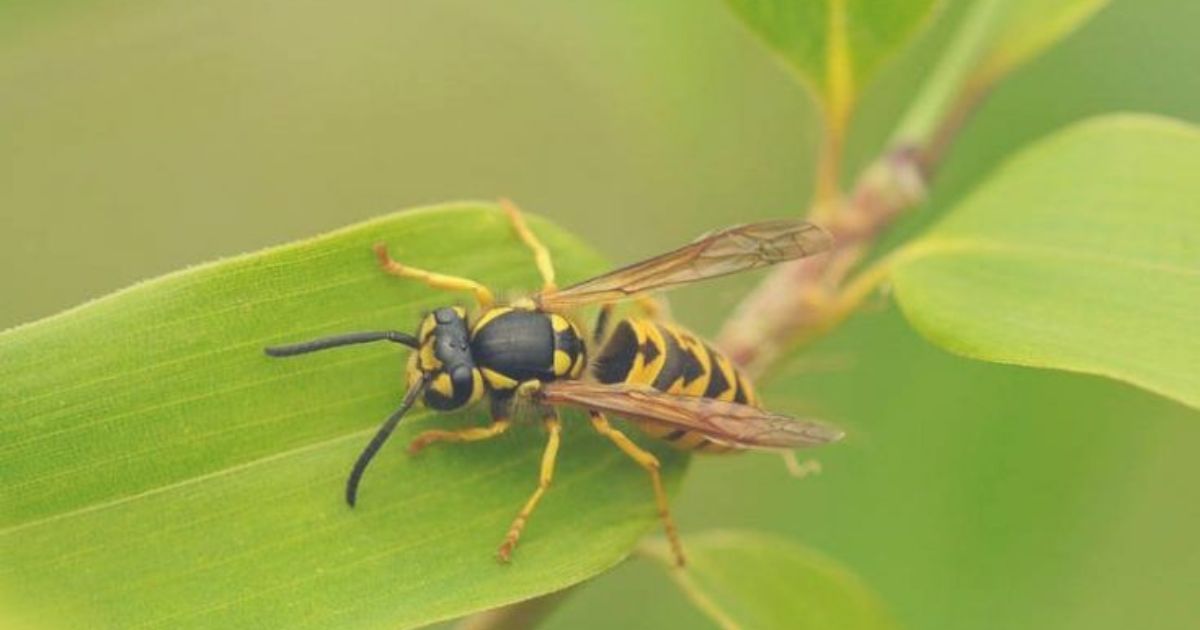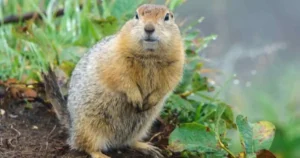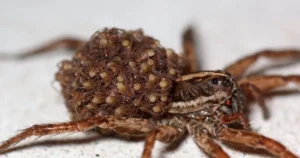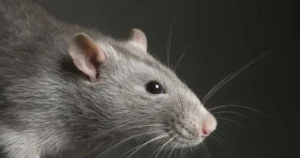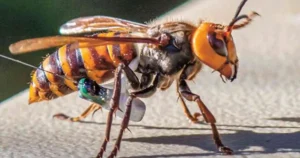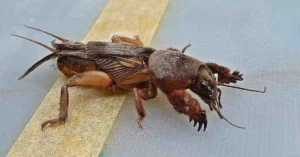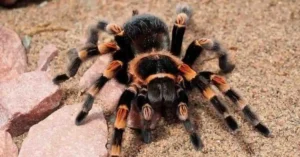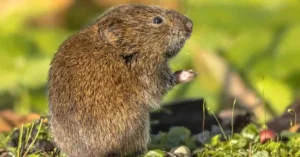Wasps are a common nuisance, especially during the warmer months, when they build nests in and around homes, gardens, and outdoor spaces. While they play an important role in nature, such as pollinating flowers and controlling pests, they can also be a danger to humans, especially those who are allergic to stings. If you’re facing a wasp infestation around your property, it’s essential to know how to handle it safely and effectively.
In this guide, we will walk you through various methods to get rid of wasps, from prevention techniques to removal strategies. We’ll also discuss when it’s best to call professionals to handle the situation.
Why Are Wasps Dangerous?

Wasps can pose a significant risk to humans, especially when they feel threatened. Unlike bees, which typically sting once and die, wasps can sting multiple times, injecting venom that can cause severe reactions in sensitive individuals. For those allergic to wasp stings, it can lead to anaphylaxis, a potentially life-threatening condition.
Additionally, wasps can be aggressive when they feel their nest is in danger. This makes it crucial to approach wasp removal carefully and with the right techniques.
How to Identify Wasp Nests
Before attempting to get rid of wasps, it’s essential to first identify where their nests are located. Wasps often build nests in hidden and hard-to-reach areas, such as under eaves, in sheds, attics, or even in tree branches. The nests can vary in size, from a small cluster of cells to large, football-sized hives.
- Look for Wasps: Wasps will often be visible flying near their nest. If you notice a significant number of wasps in a specific area, it’s likely there is a nest nearby.
- Check for the Nest: Wasp nests are typically made from paper-like material, which they create by chewing wood fibers mixed with saliva. The nest itself will usually have a papery, grayish appearance and a honeycomb-like structure.
Methods to Get Rid of Wasps
1. Prevention Tips
The first step to managing a wasp problem is prevention. By taking steps to make your property less attractive to wasps, you can reduce the chances of them building nests in the first place.
- Seal Entry Points: Ensure all cracks and gaps around windows, doors, and vents are sealed.
- Remove Food Sources: Wasps are attracted to sugary substances, so avoid leaving food out and clean up spills promptly.
- Keep Trash Covered: Make sure trash bins are tightly sealed to avoid attracting wasps.
2. Natural Ways to Repel Wasps
If you’re looking for a non-toxic approach to keep wasps at bay, there are several natural methods that can be effective:
- Essential Oils: Wasps dislike strong smells like peppermint, citronella, and eucalyptus. Creating a spray solution with these oils and water can help deter them from nesting near your home.
- Cucumber Slices: Wasps have an aversion to cucumber. Placing slices of cucumber around areas where wasps are frequenting may help discourage them from settling there.
- Nasturtium Plants: These plants can act as a natural deterrent, as their leaves and flowers repel wasps and other insects.
3. Traps for Wasps
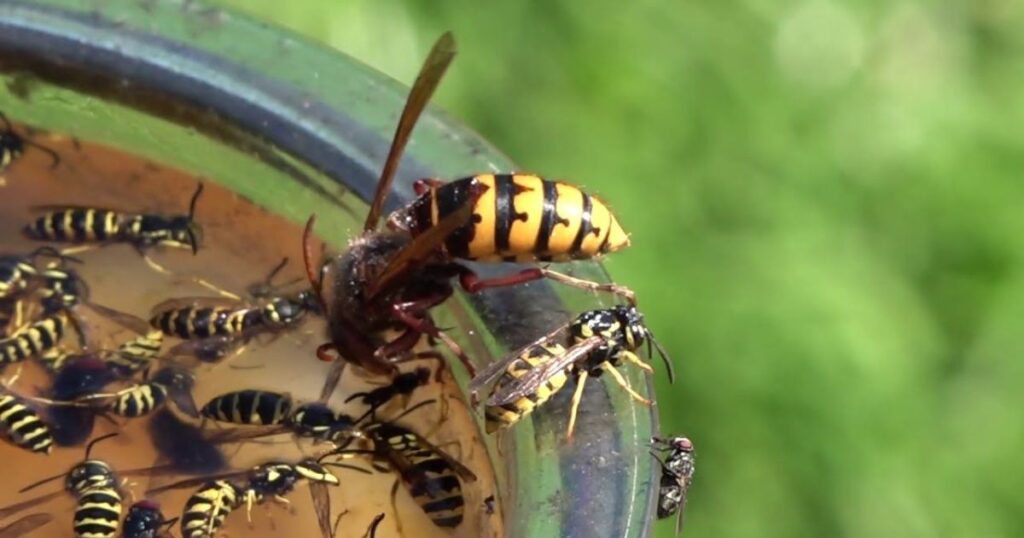
If you’re dealing with a smaller wasp problem, you can try creating a wasp trap to capture and kill them.
- DIY Wasp Trap: You can create a simple trap by cutting the top off a plastic bottle, inverting it, and placing it back inside the bottom part. Fill the trap with a sugary liquid like fruit juice or soda. Wasps will fly in, but they won’t be able to escape.
- Commercial Wasp Traps: There are also commercially available traps designed specifically for wasps. These traps are effective, but you must place them far enough from your home to avoid attracting wasps to the trap area.
4. How to Remove a Wasp Nest
If you discover a wasp nest on your property, it’s important to handle the situation carefully. Always exercise caution when dealing with a wasp nest.
- Wear Protective Clothing: Before attempting to remove a nest, make sure to wear protective clothing such as long sleeves, pants, gloves, and a face mask. This will help prevent stings during the removal process.
- Best Time to Remove the Nest: The best time to remove a nest is at night when wasps are less active. It’s also easier to spot the nest at night when there’s less ambient light.
- Use Wasp Spray: You can purchase wasp sprays that are designed to knock down nests. These sprays are effective from a distance, allowing you to safely remove the nest without getting too close.
5. Professional Wasp Removal
If the infestation is severe or the nest is in a dangerous location (such as high up or in a hard-to-reach area), it may be best to call in professionals. Pest control experts have the tools and experience to safely remove wasp nests and minimize the risk of being stung.
Conclusion
Dealing with wasps can be a frustrating experience, but with the right techniques, you can protect your home and family. Whether you opt for natural remedies, traps, or professional help, taking proactive steps to eliminate wasps is key to ensuring your safety.
By following these methods, you can reduce the chances of wasp infestations and enjoy a wasp-free environment. Remember to always prioritize safety, especially when dealing with aggressive wasps or large nests.
FAQs
How can I prevent wasps from nesting near my house?
Sealing entry points, removing food sources, and keeping trash bins tightly closed are essential steps to prevent wasps from nesting near your home.
What are natural ways to repel wasps?
Essential oils like peppermint, eucalyptus, and citronella, as well as cucumber slices, can be used as natural repellents to keep wasps away from your property.
When is the best time to remove a wasp nest?
The best time to remove a wasp nest is at night when wasps are less active, making it safer to approach the nest.
Should I handle a wasp infestation on my own?
If the infestation is large or the nest is in a dangerous location, it’s advisable to call a professional pest control service to handle the situation safely.

James William is a passionate animal lover and expert in the Animals and Pets niche. With years of experience in pet care, wildlife studies, and blogging, James shares practical tips, heartwarming stories, and expert advice to help pet owners build stronger bonds with their furry, feathered, and scaly companions.
